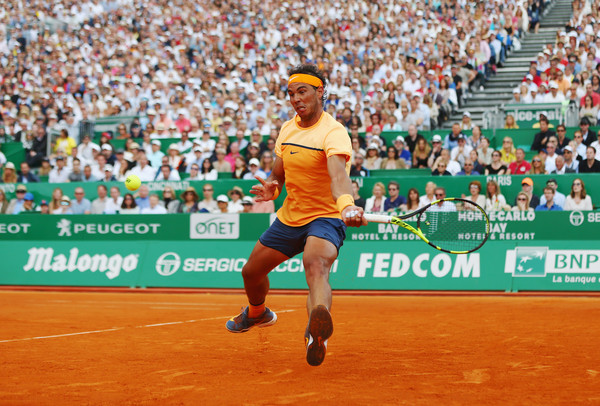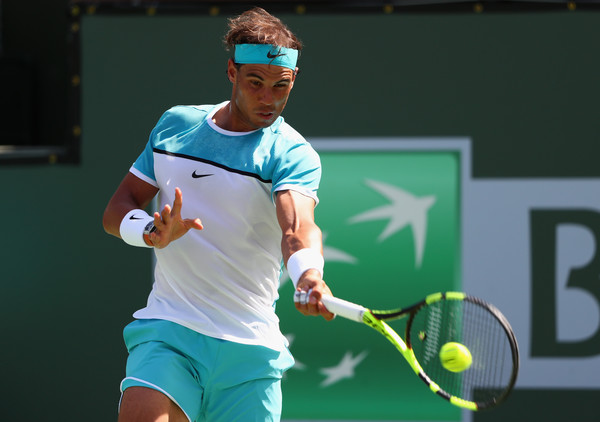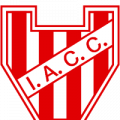In a sport now largely dominated by first strike tennis, the forehand has emerged as one of the defining shots of men’s tennis. From Roger Federer’s aesthetically pleasing forehand to Juan Martin del Potro’s fearless forehand, the men’s game and fans alike have played witness to some of the greatest forehands to ever grace the sport, with one forehand largely regarded as arguably, the greatest forehand of all time. That forehand belongs to none other than the incomparable Rafael Nadal, who has utilized his stronger wing to devastating effect to cement his place as one of the greatest to ever pick up a racquet.
There are a number of reasons why Nadal’s forehand is regarded as one of the best the game has ever seen, and that predominantly has to do with the amount of topspin he is able to generate with one compact swing. In order to do so, the 14-time Grand Slam champion requires a very fast racquet head brushing up the back of the ball, thus allowing him to generate the topspin that has proved to be a real thorn in the side of all his opponents over the years. Remarkably, the nine-time Grand Slam champion’s average revolutions per minute (rpm) off his forehand stroke is 3,200, and it has often peaked as high as 5,000 rpm. To put that into perspective, the likes of Pete Sampras and Andre Agassi, who had two of the biggest forehands of all-time, averaged at only 1,800 rpm. Because of this, it comes as no surprise that Nadal’s forehand is regarded as one of the most lethal shots in all of tennis, and there is no wonder why.

A Technical Breakdown of Rafa’s Signature Forehand Special
To start off, Nadal uses between a Semi-Western and Full Western grip depending on the type of forehand he is trying to hit, meaning his palm is underneath the racquet handle through the swing. This grip works exceptionally well when aiming to generate any forward rotation on the ball as it allows the ball to clear the net with a high clearance with the help of an upward swing, which produces even more topspin. The Spaniard’s grip increases the downward tilt of his racquet strings as he takes his racquet back but as he begins to swing forward, his strings tend to turn toward more of what is known as a vertical plane.
Once he takes the racquet back, Nadal immediately turns sideways into a stance that ensures he has enough rotation to help generate power from his legs. This also allows him to get under the ball to create that upward and forward motion known as topspin, but he doesn’t stop there. Instead of just using his legs, the Spaniard uses his entire body to generate even more topspin and power; the upper thrust of his body ultimately contributing to the aforementioned topspin. For someone who hits with so much spin, it’s incredible that Nadal doesn’t mishit or “shank” the ball as often as he does, but that has to do with how he keeps his head still through the point of contact, something all players should be doing.
As he makes contact with the ball, Nadal begins to accelerate his racquet forward in an upward motion, which allows his strings to result into a nearly perfectly vertical racquet face. Once he makes contact, the Spaniard’s racquet often rises as far as the ball has traveled in a forward motion, making the heaviness of his topspin even more apparent.

Remarkably, once he follows through, Nadal’s racquet is often to the right side of his head—or even higher in some cases—while continuing to keep his head still. The only time Rafa would normally have a same-side follow through, meaning his follow through is over his left shoulder, would be when he is hitting a topspin lob or an inside-out forehand, the latter proving to be the difference-maker in his championship-winning run in Monte Carlo this past weekend.
With all of this being said, the 14-time Grand Slam champion still has the ability to flatten out his forehand by doing everything he normally would for a topspin forehand, with the exception of his follow-through being more wrapped-around the right side of his body as opposed to more elevated.
Even when under pressure, Nadal’s forehand very rarely breaks down, proving to be undoubtedly his stronger and more reliable wing. One common tactic opponents have been trying to employ against Nadal has been to target the Spaniard’s backhand to open up the court but beware, even when on the defensive, Nadal is able to turn defence into offence at the snap of a finger.

What do you think are some of the reasons why Nadal’s forehand is one of the best in the game? Do you think it's the greatest of all time? Why or why not? Sound off in the comments and let us know your thoughts by tweeting them to us at @VAVELUSATennis!









































